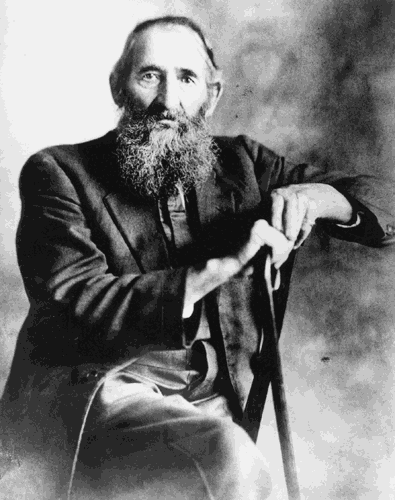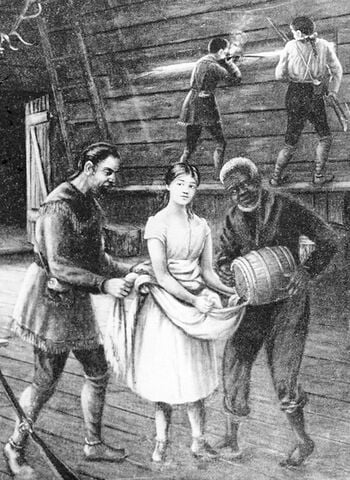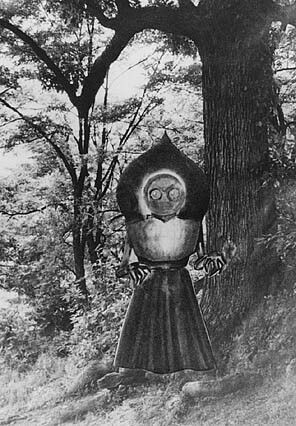CHARLESTON — The following events happened on these dates in West Virginia history. To read more, go to e-ňňň˝ĘÓƵ: The West Virginia Encyclopedia at .
Sept. 8, 1862: Confederate raiders led by Gen. Albert G. Jenkins, a Cabell County native, rode into Barboursville. They skirmished with the enemy and then rode into Wayne, Logan and Raleigh counties.
Sept. 8, 1947: Morris Harvey College (now University of Charleston) moved to its current location on the south side of the Kanawha River.
Sept. 9, 1839: Anderson ňňň˝ĘÓƵśDevil Anseňňň˝ĘÓƵť Hatfield was born in Mingo County. He was the patriarch of the Hatfield family and their leader during the Hatfield-McCoy feud.
Sept. 10, 1782: Frontier heroine Betty Zane is credited with saving Fort Henry in Wheeling during an attack by British and Indians during the Revolutionary War. According to one account, Zane sprinted across a field to retrieve gunpowder from the Zane family cabin.
Sept. 10, 1861: The Battle of Carnifex Ferry took place on the Gauley River. Union Gen. William Rosecrans sent in brigades one at a time as they arrived at the battlefield, allowing the outnumbered Confederates to repulse the piecemeal attacks. During the night, the Confederates retreated before they could be defeated in the morning.
Sept. 10, 1887: Author and scholar John Frederick Matheus was born in Keyser. He became a prominent writer of plays, short stories, and other works during the Harlem Renaissance of the 1920s.
Sept. 10, 1996: Movie and TV actress Joanne Dru died in Los Angeles. Dru, the older sister of Hollywood Squares host Peter Marshall, was born Joan Letitia Lacock in Logan. Her movie career included more than 40 films.
Sept. 11, 1913: Ritter Park in Huntington opened. During the Great Depression, the Works Progress Administration contributed to constructing the roads and stonework around the park.
Sept. 12, 1861: The Battle of Cheat Mountain was fought near the Randolph-Pocahontas County line. Gen. Robert E. Lee came into western Virginia to give support to Gen. William W. Loring, commander of the Army of Northwestern Virginia, but the battle ended in a defeat for the Confederacy.
Sept. 12, 1872: The Great Bend Tunnel was completed at Talcott. The tunnel, also known as Big Bend Tunnel, is the place where John Henry defeated the steam drill, becoming one of the worldňňň˝ĘÓƵ™s great folk heroes.
Sept. 12, 1952: A group of local youths were startled at a football game by a fireball streaking across the sky. The fireball fell to earth just beyond a hillside at Flatwoods. This sighting led to the legend of the Braxton County, or Flatwoods, Monster.
Sept. 12, 1974: Kanawha County schools closed for four days due to a controversy over the adoption of new textbooks. Throughout the fall, advocates for opposing sides of the issue held mass protests, which, along with isolated and sporadic acts of violence (including a failed bombing attempt at the Board of Education office), drew national media attention.
Sept. 13, 1844: Milton Humphreys was born in Greenbrier County. During the Civil War, he enlisted in the Confederate service as a sergeant. At the Battle of Fayetteville, Humphreys fired his cannon at Union artillery from behind an intervening forest, setting a precedent for modern warfare using indirect fire.
Sept. 13, 1848: Attorney ňňň˝ĘÓƵśJ. R.ňňň˝ĘÓƵť Clifford was born in present Grant County. In 1887, Clifford became the first African American admitted to practice law before the West Virginia Supreme Court of Appeals. He was one of the first lawyers in the nation to challenge segregated schools.
Sept. 13, 1862: Confederate and Union forces clashed in Charleston. Southern artillery gained the high ground on Fort Hill and smashed the federals who were lining the west bank of the Elk River.
Sept. 13, 1910: Musician Leon ňňň˝ĘÓƵśChuňňň˝ĘÓƵť Berry was born in Wheeling. He was one of the most highly regarded saxophonists of the Swing Era.
Sept. 14, 1898: Okey L. Patteson was born in Mingo County. Patteson, called the ňňň˝ĘÓƵśGreat Persuader,ňňň˝ĘÓƵť tackled difficult decisions as West Virginiaňňň˝ĘÓƵ™s 23rd governor from 1949 to 1953.













